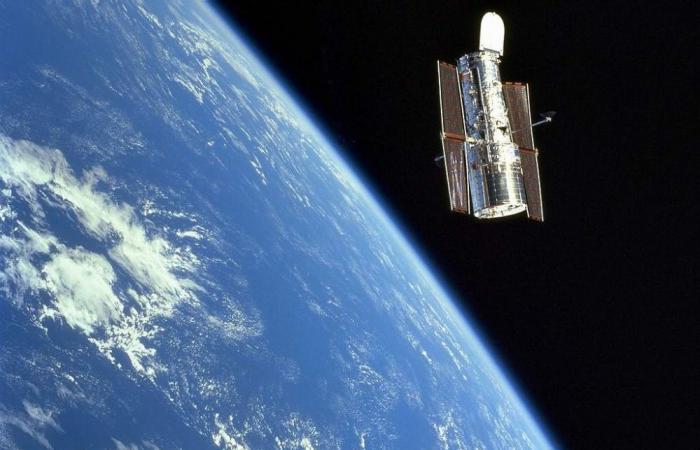Space missions can be sustainable, thanks to a new class of orbital vehicles that use “green” propellants to move, therefore less toxic fuels: the novelty comes from a study by the Department of Civil and Industrial Engineering of the University of Pisa published in magazine Acta Astronautica carried out within the scope of ASCenSIona European project which saw the participation of many national and international partners, including the Polytechnic of Milan and La Sapienza University of Rome in Italy, and numerous other entities in Germany, France, Belgium and Spain.
The research published in the article was carried out by Alberto Sarritzu under the supervision of the professor Angelo Pasini; the project team at the University of Pisa also includes the doctoral student Lily Blondel-Canepari.
“The new green propellants will certainly be able to replace the toxic propellants mainly used today – he explains Alberto Sarritzu – On the one hand, this will allow us to improve propulsion efficiency and make missions possible that are not currently possible, and on the other to simplify ground operations in preparation for orbital vehicles, which today are long, complicated and expensive”.
What are green propellants
The study has been going on for decades, with the University of Pisa playing a key role over the years. THE green propellants they are chemical compounds with low environmental impact and toxicity, such as hydrogen peroxide at high concentrations or nitrous oxide, commonly known as an anaesthetic.
These also include the municipality kerosene and other hydrocarbons, which however represent a huge step forward compared to the traditional compounds used which instead contain hydrazine or nitrogen tetroxide, extremely toxic substances harmful to the environment and human health. These components are dangerous for the personnel involved, but also extremely expensive, so the sector has been trying to find valid alternatives for years.
“The new class of spacecraft that we have studied promises to bring innovations that can have implications for all of us – he underlines Angelo Pasini– such as easier and more sustainable access to space, the active removal of space debris caused by decades of uncontrolled use of our orbits and the development of new missions for space exploration.”






